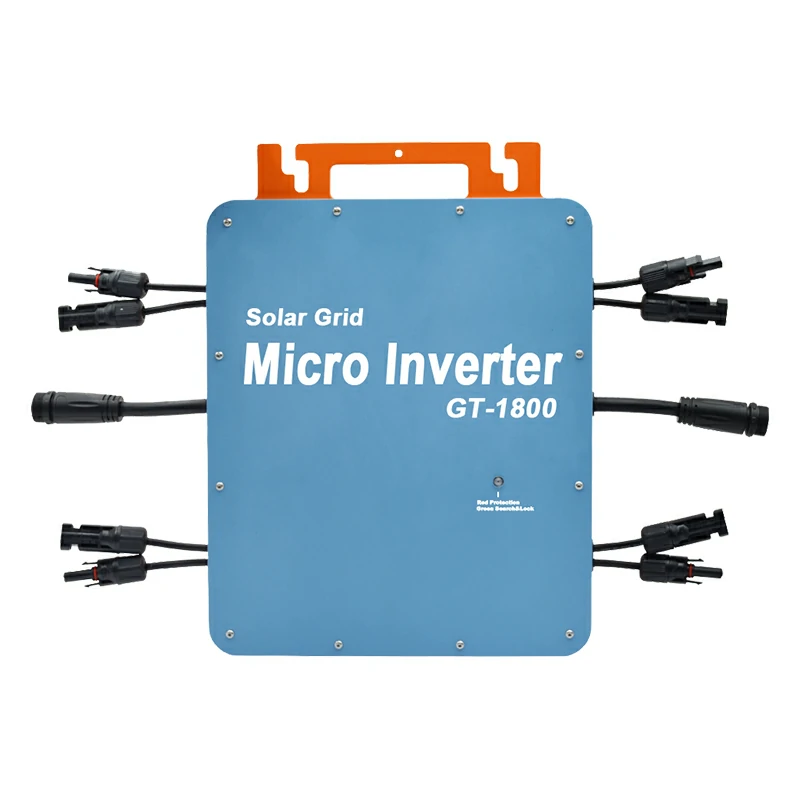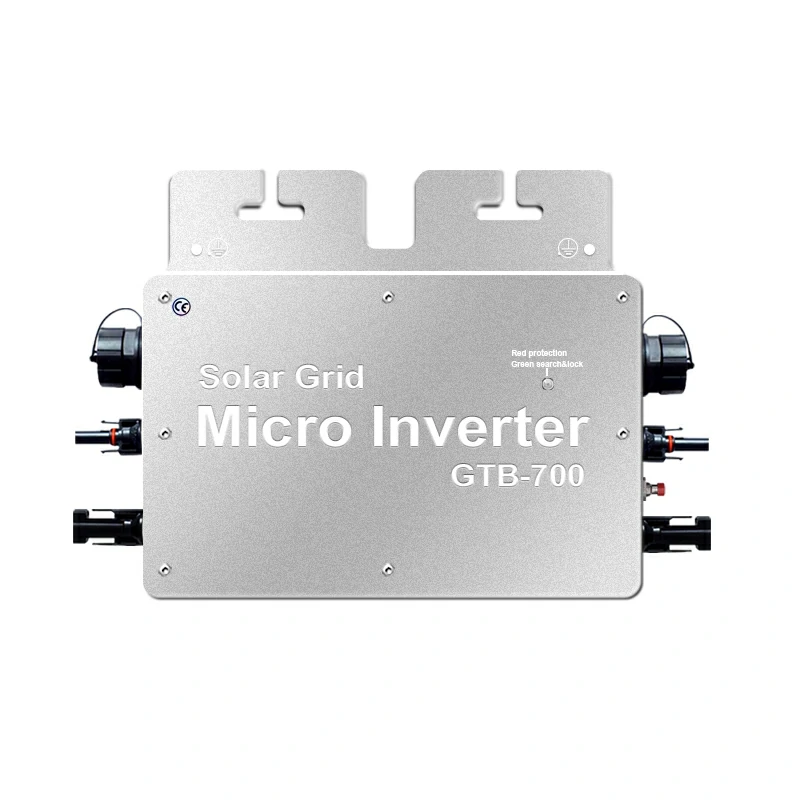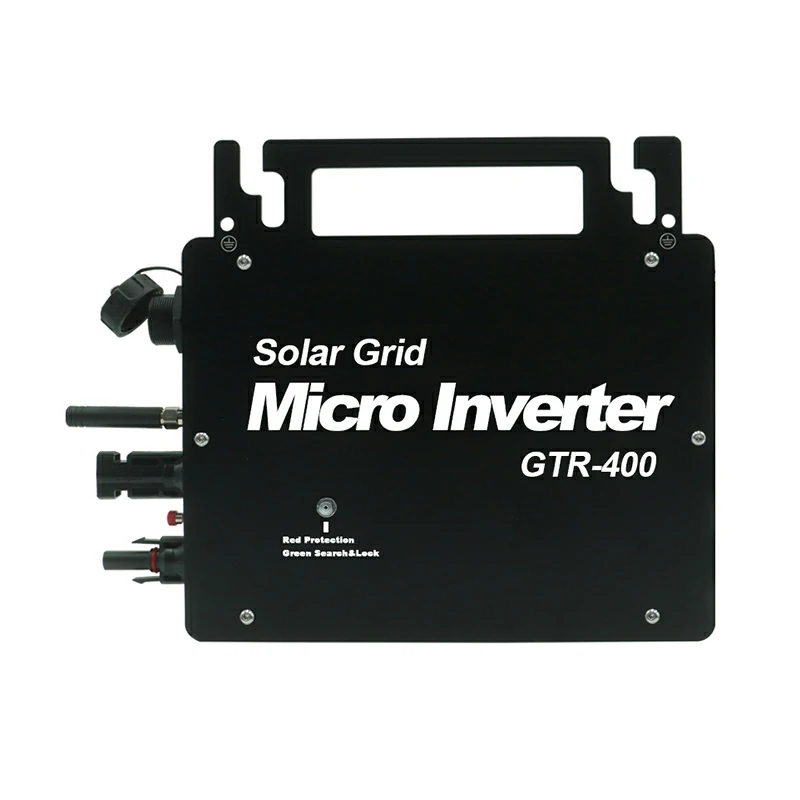Introduction
In the ever-evolving landscape of renewable energy, commercial solar inverters play a pivotal role in converting solar energy into usable electricity. However, ensuring the optimal performance of these inverters requires diligent maintenance and effective troubleshooting strategies. In this article, we will delve into the key considerations that businesses should keep in mind when maintaining and troubleshooting their commercial solar inverters.
Commercial solar inverters are essential components of solar energy systems, responsible for converting the direct current (DC) generated by solar panels into alternating current (AC) suitable for use in buildings and electrical grids. There are various types of commercial solar inverters available in the market, including string inverters, central inverters, and microinverters. Each type has its unique features and applications, but they all require regular maintenance to operate efficiently.

Importance of Maintenance for Commercial Solar Inverters
Regular maintenance is crucial for ensuring the longevity and optimal performance of commercial solar inverters. By conducting routine inspections and preventive measures, businesses can mitigate the risk of unexpected breakdowns and costly downtime. Here are some key maintenance considerations for commercial solar inverters:
- Regular Inspection of Components: Businesses should schedule regular inspections of key components such as DC/AC connections, cooling systems, and enclosures. Loose connections or damaged components can lead to inefficiencies and potential safety hazards. Additionally, inspecting for signs of wear and tear can help identify issues before they escalate.
- Cleaning and Upkeep of Solar Panels: Proper maintenance of solar panels is essential for maximizing energy production. Dust, debris, and other environmental factors can accumulate on solar panels over time, reducing their efficiency. Regular cleaning and upkeep of solar panels and the surrounding area are necessary to ensure optimal sunlight exposure and energy generation.
- Monitoring Performance Metrics: Monitoring performance metrics such as energy output, voltage, and temperature can provide valuable insights into the health of commercial solar inverters. Any deviations from expected values could indicate potential issues that require attention. Implementing a monitoring system allows businesses to detect abnormalities early on and take corrective actions promptly.
Troubleshooting Guidelines for Commercial Solar Inverters
Despite regular maintenance, commercial solar inverters may encounter various issues that require troubleshooting. Identifying and resolving these issues promptly is essential to minimize downtime and ensure continuous operation. Here are some troubleshooting guidelines for common problems with commercial solar inverters:
- Identification of Common Issues: Commercial solar inverters can experience a range of issues, including inverter faults, grid connection problems, and communication errors. Understanding the symptoms of these issues is the first step in troubleshooting. Inverter faults may manifest as error codes or warnings on the display panel, while grid connection problems can result in a loss of synchronization with the utility grid.
- Step-by-Step Troubleshooting Process: When troubleshooting commercial solar inverters, it’s important to follow a systematic approach to isolate and address the root cause of the problem. This process typically involves checking the status indicators, reviewing system logs, and performing diagnostic tests. For example, if an inverter fault occurs, businesses can consult the manufacturer’s manual to identify the meaning of the error code and take appropriate action.
- Consultation of Manufacturer Manuals: Manufacturer manuals provide valuable guidance on troubleshooting specific issues with commercial solar inverters. These manuals contain detailed information on error codes, diagnostic procedures, and recommended solutions. When encountering problems, businesses should refer to the relevant section of the manual for troubleshooting instructions. In some cases, the manufacturer may also offer technical support or online resources to assist with troubleshooting efforts.
Preparing for Maintenance and Troubleshooting
Proper preparation is essential for effective maintenance and troubleshooting of commercial solar inverters. Businesses should establish a proactive approach to maintenance and ensure they have the necessary resources and expertise to address any issues that may arise. Here are some key steps to consider when preparing for maintenance and troubleshooting:
- Designated Maintenance Schedule: Implementing a regular maintenance schedule is critical for ensuring the continued reliability and performance of commercial solar inverters. Businesses should establish a routine maintenance plan that includes tasks such as inspections, cleaning, and testing. By adhering to a consistent schedule, businesses can identify and address potential issues before they escalate.
- Trained Personnel: Having personnel who are trained in maintenance and troubleshooting procedures is essential for effective management of commercial solar inverters. Businesses should invest in training programs to ensure that staff members have the necessary knowledge and skills to perform maintenance tasks safely and efficiently. Additionally, businesses may consider partnering with qualified service providers for more complex maintenance and repair needs.
- Tools and Equipment: Providing personnel with the appropriate tools and equipment is essential for conducting maintenance and troubleshooting activities. Businesses should ensure that their maintenance team has access to tools such as multimeters, insulation testers, and thermal imaging cameras. Additionally, businesses should stock spare parts and replacement components to facilitate timely repairs when needed.
Conclusion
In conclusion, maintaining and troubleshooting commercial solar inverters is crucial for ensuring the reliability and performance of solar energy systems. By adhering to a proactive maintenance schedule and implementing effective troubleshooting strategies, businesses can minimize downtime, optimize energy production, and maximize the return on their investment in solar technology.
Thank you for reading. If you have any further questions or require assistance with commercial solar inverters, please don’t hesitate to reach out to our team of experts.




